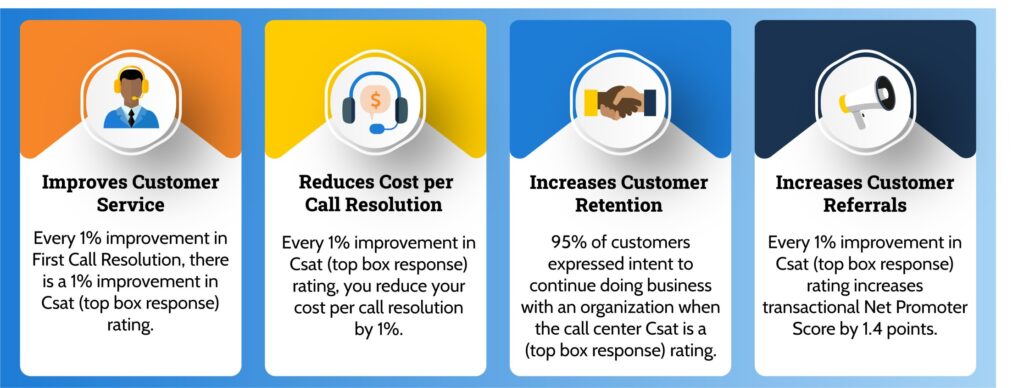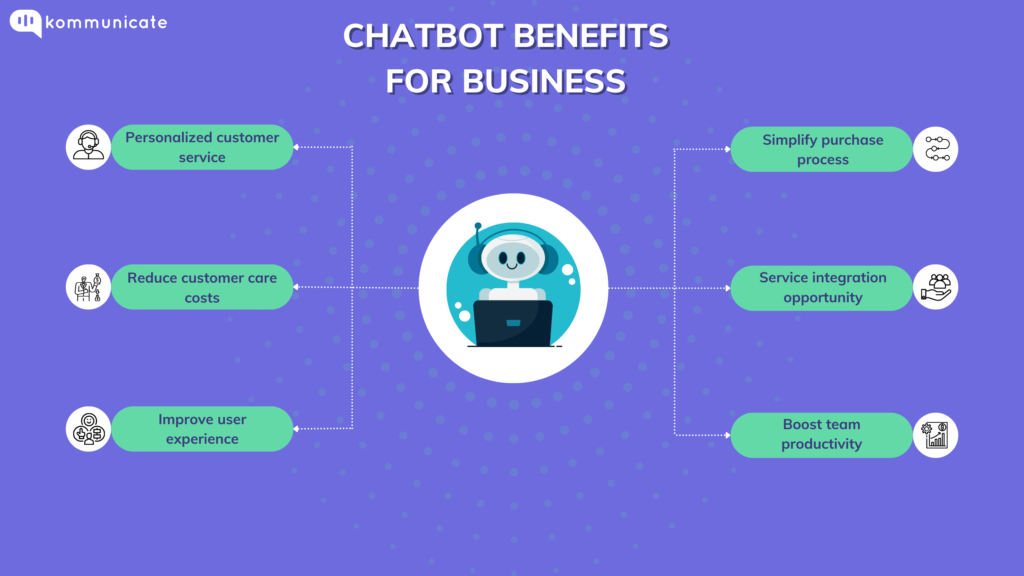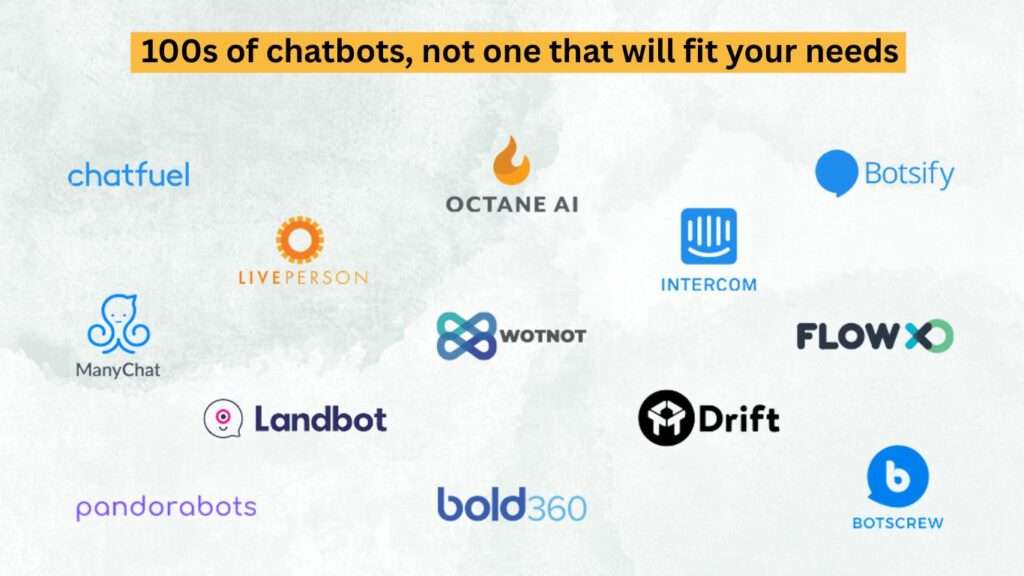Transform your call center and save big with practical steps. Ready to enhance customer service and cut costs? Let’s dive in!

In the realm of business operations, call centers stand as vital hubs for customer communication, support, and issue resolution. However, the cost associated with maintaining an efficient call center can be a significant burden for businesses. In this comprehensive guide, we will unravel five ultimate methods to reduce your call center costs without compromising on service quality. From leveraging technology to optimizing processes, these strategies are designed to enhance efficiency, maximize resources, and ultimately, trim down expenses.
1. Implementing Advanced Call Routing Systems
One of the most impactful ways to reduce call center costs is by implementing advanced call routing systems. Traditional call centers often face challenges in efficiently directing calls to the right agents, leading to increased handling times and operational costs. Advanced routing systems, powered by artificial intelligence, can intelligently route calls based on various factors such as customer history, agent skill sets, and issue complexity.
By optimizing call routing, businesses can ensure that each call reaches the most suitable agent, reducing call durations and increasing overall efficiency. This not only improves customer satisfaction but also minimizes the resources required for each interaction, contributing significantly to cost reduction.
2. Embracing Cloud-Based Contact Center Solutions:
The shift to cloud-based contact center solutions has become a game-changer for businesses aiming to reduce call center costs while enhancing flexibility. Cloud-based systems eliminate the need for extensive on-premise infrastructure, reducing upfront capital expenditures and ongoing maintenance costs. These solutions offer scalability, allowing businesses to adapt their resources based on demand fluctuations.
Moreover, cloud-based contact centers enable agents to work remotely, reducing the need for physical office space and associated overhead costs. This not only enhances the agility of your call center operations but also contributes to substantial savings in the long run.

3. Integrating Self-Service Options
Empowering customers to find answers and resolve issues independently can significantly reduce call volumes and, consequently, call center costs. Integrating self-service options such as interactive voice response (IVR) systems, chatbots, and online knowledge bases allows customers to access information and perform routine tasks without the need for agent assistance.
By offering robust self-service options, businesses can divert a significant portion of routine queries away from live agent interactions. This not only reduces call center costs but also allows agents to focus on more complex and value-added tasks, improving overall operational efficiency.
4. Leveraging Chatbots for Automated Interactions
Chatbots, powered by artificial intelligence, present a cost-effective solution to handle routine customer queries and tasks. These virtual assistants can be integrated seamlessly into various channels, including websites and messaging platforms, providing instant responses to frequently asked questions and guiding customers through basic processes.
By leveraging chatbots, businesses can divert routine inquiries away from live agents, reducing the overall call volume and associated costs. Chatbots are available 24/7, providing customers with instant assistance and freeing up human agents to focus on more complex and value-added tasks. This not only contributes to cost savings but also enhances the overall efficiency of the call center.

5. Data-driven decision-making for Efficiency Gains
The power of data cannot be overstated in the context of call center cost reduction. Implementing robust monitoring and analytics tools allows businesses to gain insights into call center performance, customer behavior, and operational efficiency. By leveraging these insights, businesses can identify areas of improvement, optimize processes, and make informed decisions to enhance overall efficiency.
Real-time monitoring enables quick identification and resolution of issues, minimizing the impact on operations. Additionally, predictive analytics can help forecast call volumes and allocate resources accordingly, preventing underutilization or overstaffing. A data-driven approach empowers businesses to make strategic decisions that not only improve service quality but also contribute to significant cost savings over time.
Conclusion:
In the ever-evolving landscape of customer service, optimizing call center costs is not just a financial strategy but a critical component of overall business success. By implementing advanced call routing systems, embracing cloud-based solutions, integrating self-service options, investing in agent training and retention, and leveraging continuous monitoring and analytics, businesses can achieve substantial call center costs reductions while enhancing the efficiency and effectiveness of their call center operations.
As businesses navigate the challenges of today’s competitive landscape, these ultimate methods serve as a roadmap to not only streamline call center costs but also elevate customer experiences, positioning your business for sustained success in the dynamic world of customer service.
For more such amazing content follow us here!




